1. Primates (Monkeys & Chimpanzees) – The Intelligent But Unpredictable
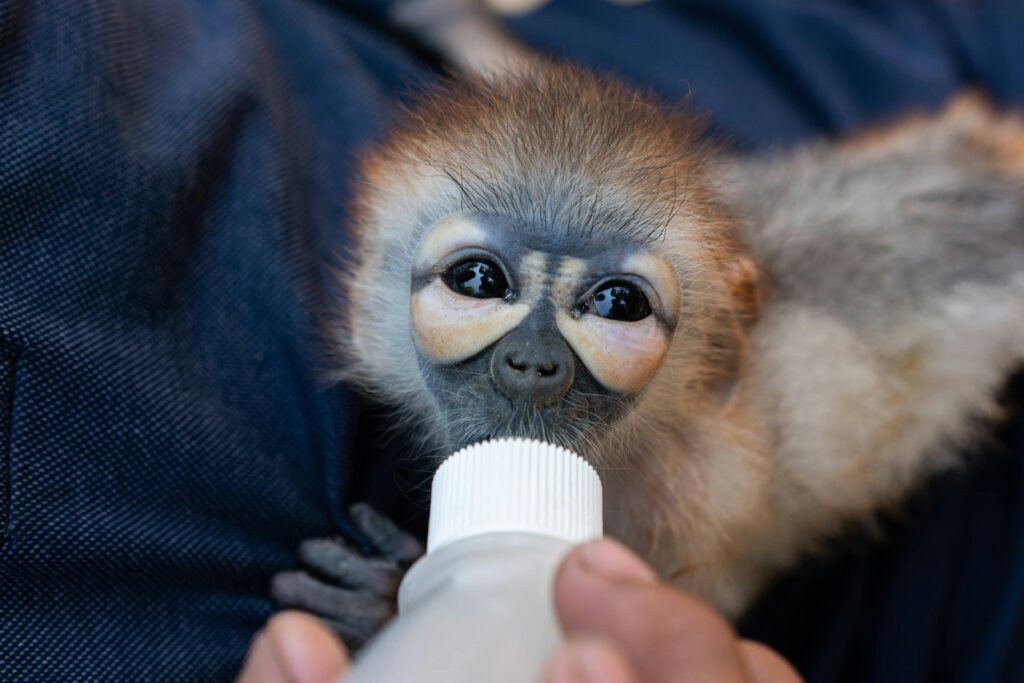
Primates like chimpanzees and monkeys are highly intelligent and emotionally complex, making them especially challenging to keep as pets. As they grow, they can become territorial and aggressive, posing a serious risk to humans. Moreover, their need for social interaction and mental stimulation is nearly impossible to meet in a home setting.
2. Wolves – Wild Spirits of the Forest

Wolves are natural pack animals with instincts that are incompatible with life as a household pet. Even wolf-dog hybrids can be difficult and dangerous to manage, as they have a strong prey drive and territorial nature. Wolves thrive best in the wild or in specialized wildlife sanctuaries where they have the freedom to exhibit their natural behaviors.
3. Large Constrictor Snakes (Pythons & Boa Constrictors) – Potentially Lethal Squeeze
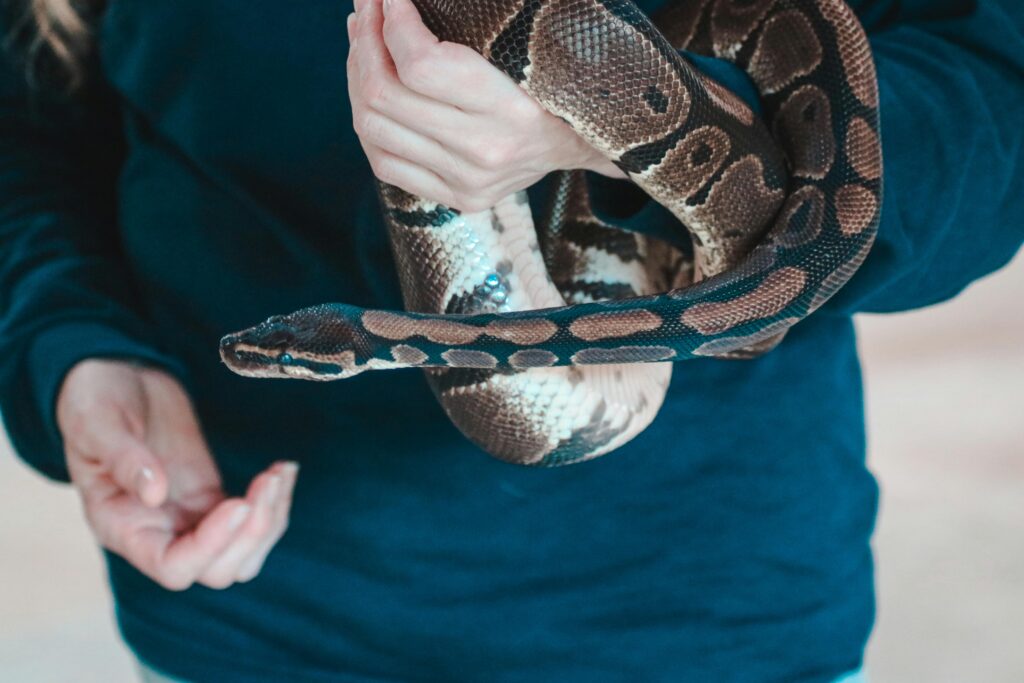
Large snakes like pythons and boas may seem like exotic pets, but they can reach lengths of up to 20 feet, and their strength can pose a risk to people. When these powerful reptiles feel threatened, they can strike or constrict, leading to potentially lethal situations. Their specific dietary and environmental needs also make them very challenging to care for.
4. Bears – The Powerful Forest Giants

Bears, whether black bears or grizzlies, are highly intelligent but also extremely powerful. Even those raised in captivity retain their natural instincts, which include aggressive and territorial behaviors. Their strength, size, and diet requirements make them unsuitable for homes, and in captivity, they can become stressed and exhibit harmful behaviors.
5. Alligators & Crocodiles – Ancient Predators of the Water
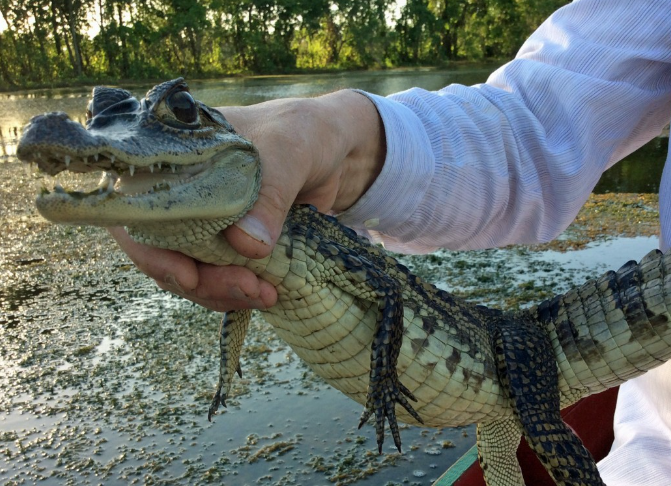
Alligators and crocodiles are powerful, prehistoric reptiles with strong jaws and predatory instincts. Even small alligators can become aggressive and dangerous, and they grow rapidly, making them unsuitable for home environments. Their specialized needs for water habitats and warm climates are impossible to recreate adequately in a typical household.
6. Slow Lorises – The Adorable but Venomous

These big-eyed primates may look cute and cuddly, but slow lorises are actually venomous! When threatened, they produce a toxic substance that can cause severe allergic reactions in humans. Slow lorises also suffer greatly in captivity, as they are nocturnal and rely on specific dietary needs that are difficult to fulfill outside their native habitats.
7. Fennec Foxes – The Desert Dwellers with Special Needs
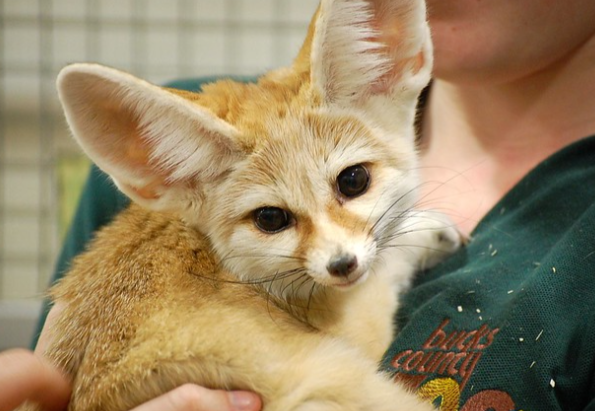
Native to the Sahara Desert, fennec foxes have unique needs that make them difficult to care for as pets. These small foxes are extremely energetic, needing lots of space to run and dig. They also have a high-pitched bark that can be disruptive, and their natural instincts make them better suited to the wild than a home environment.
8. Kangaroos – The Powerful Leapers
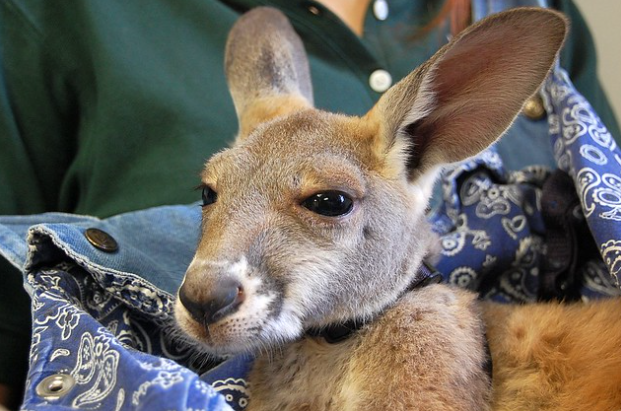
Kangaroos might seem like they’d make fun pets, but their powerful hind legs and strong tails make them difficult to handle. Male kangaroos especially can become aggressive as they age, and their natural instincts to hop, box, and forage make them better suited for expansive outdoor environments.
9. Large Birds of Prey (Eagles & Hawks) – The Sky Hunters

Birds of prey, including eagles, hawks, and falcons, are protected species that require permits for captivity. Their dietary needs are specific, involving fresh prey, and they need large open spaces to fly and hunt. Keeping a bird of prey in a cage severely limits its natural behaviors and can lead to serious health and behavioral problems.
10. Sloths – The Sensitive Tree Dwellers
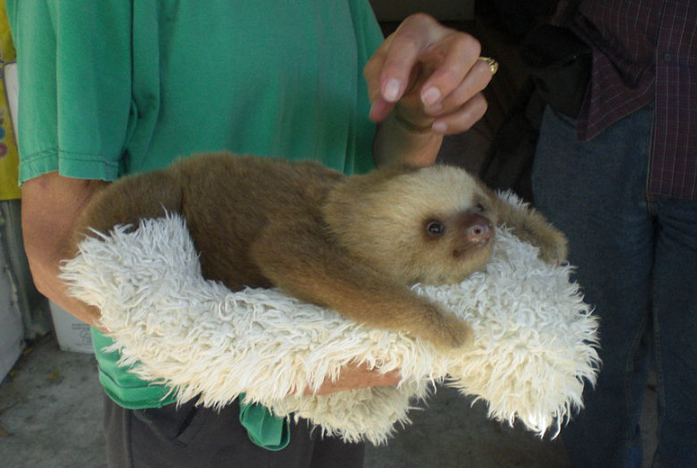
Sloths are gentle and slow-moving animals that require a specific diet and environment, including high humidity and plenty of climbing space. Their digestive systems are highly specialized, making it nearly impossible to care for them adequately at home. Additionally, sloths become highly stressed in captivity, which can be harmful to their health.
11. Bats – The Nocturnal Navigators
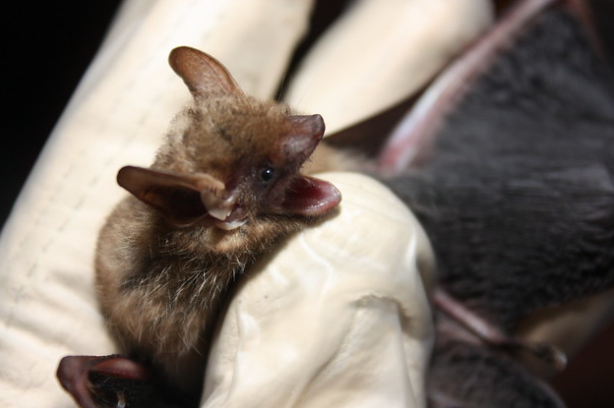
Bats are fascinating but require very specific care, including a controlled environment to mimic the caves or forests where they roost. They’re also nocturnal and can transmit diseases like rabies. Bats are best left to fly free in the wild, where they can contribute to natural ecosystems by pollinating plants and controlling insect populations.
12. Large Wild Cats (Lions, Leopards, Cheetahs) – The Majestic but Dangerous
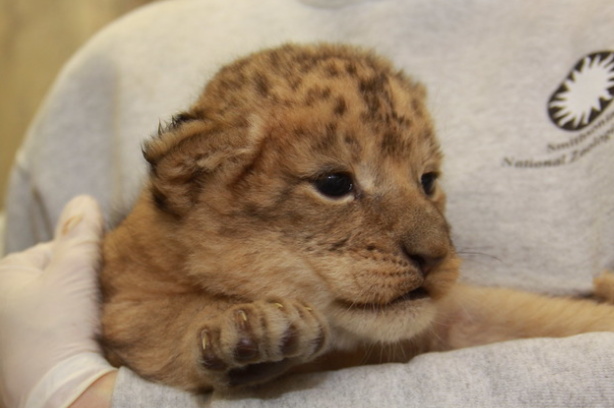
Big cats, including lions, leopards, and cheetahs, are impressive predators with complex social behaviors and enormous physical strength. They may appear docile at times, but their wild instincts can emerge without warning. Even in zoos and wildlife sanctuaries, these animals are handled with extreme caution, emphasizing that they are not suited to private ownership.


